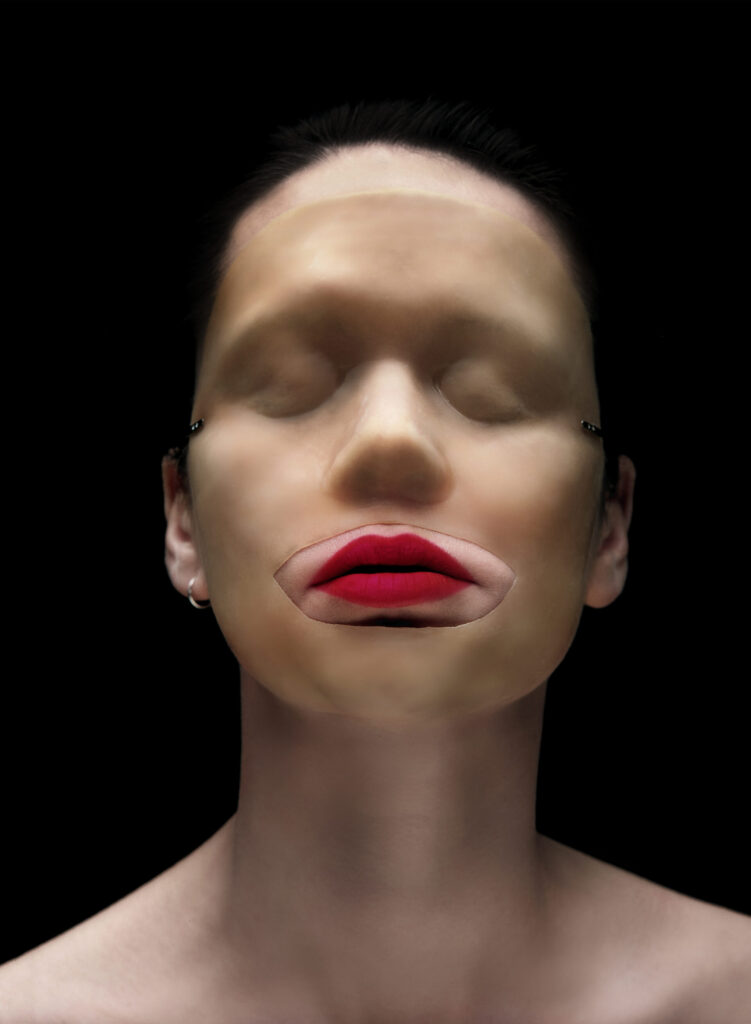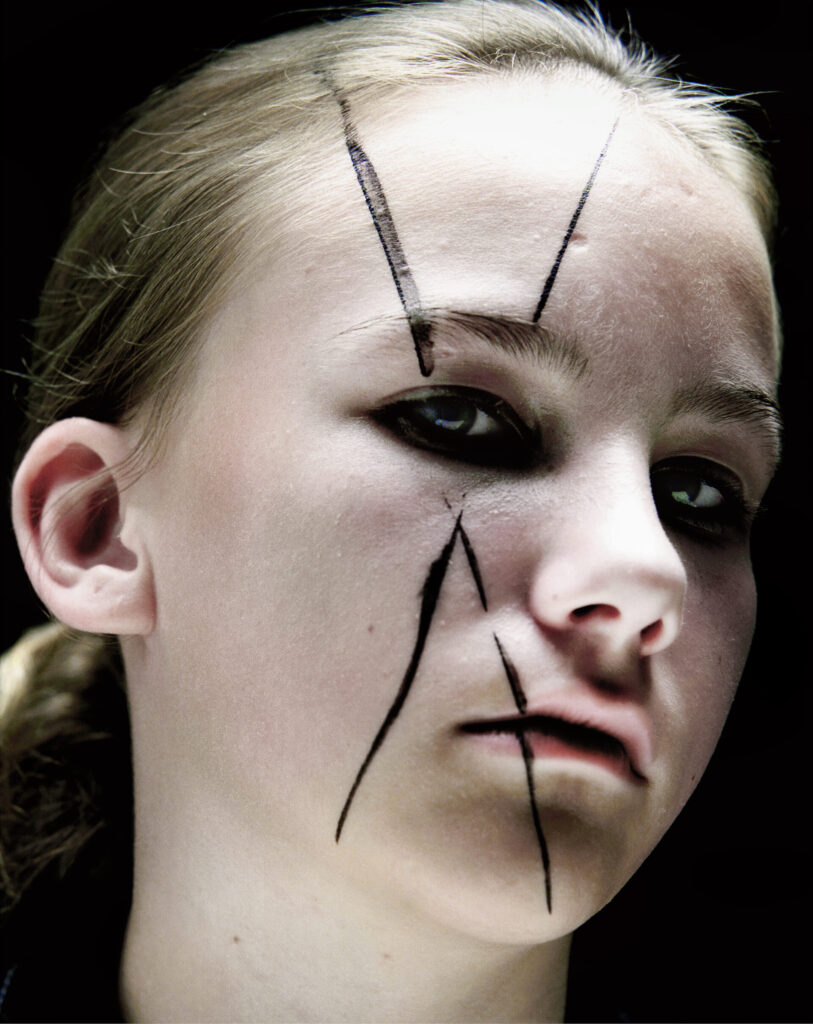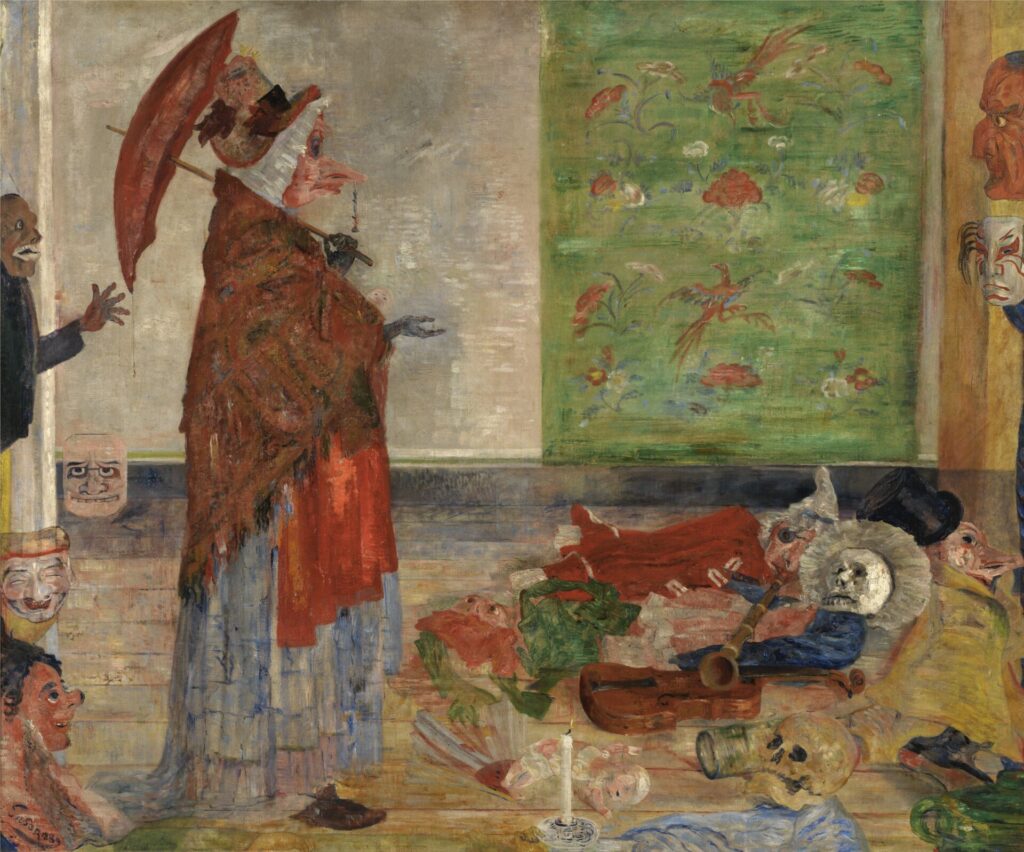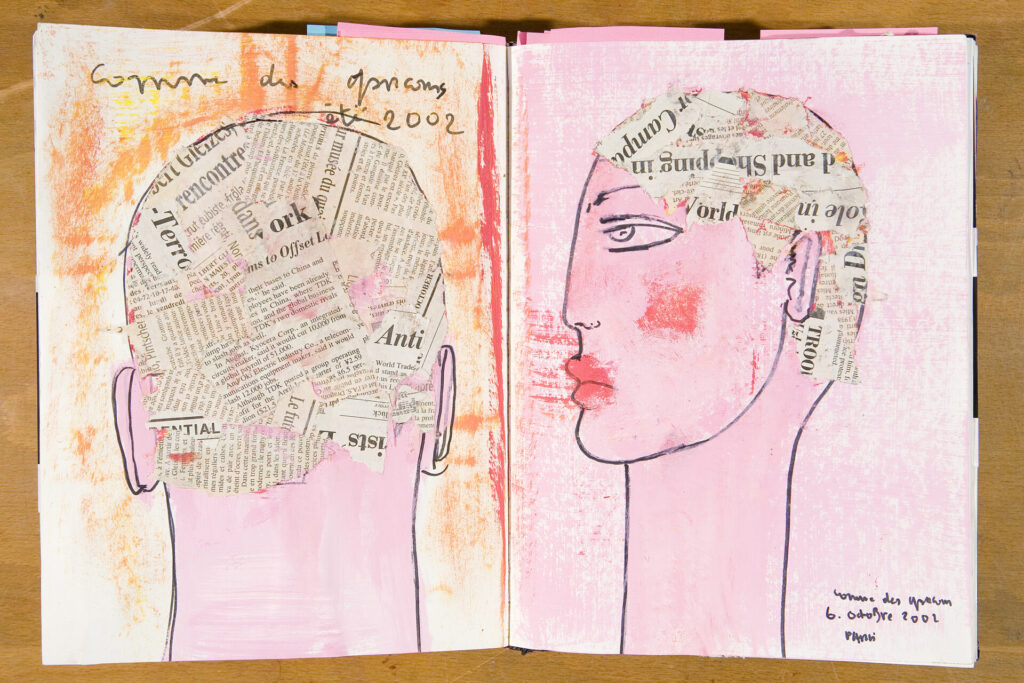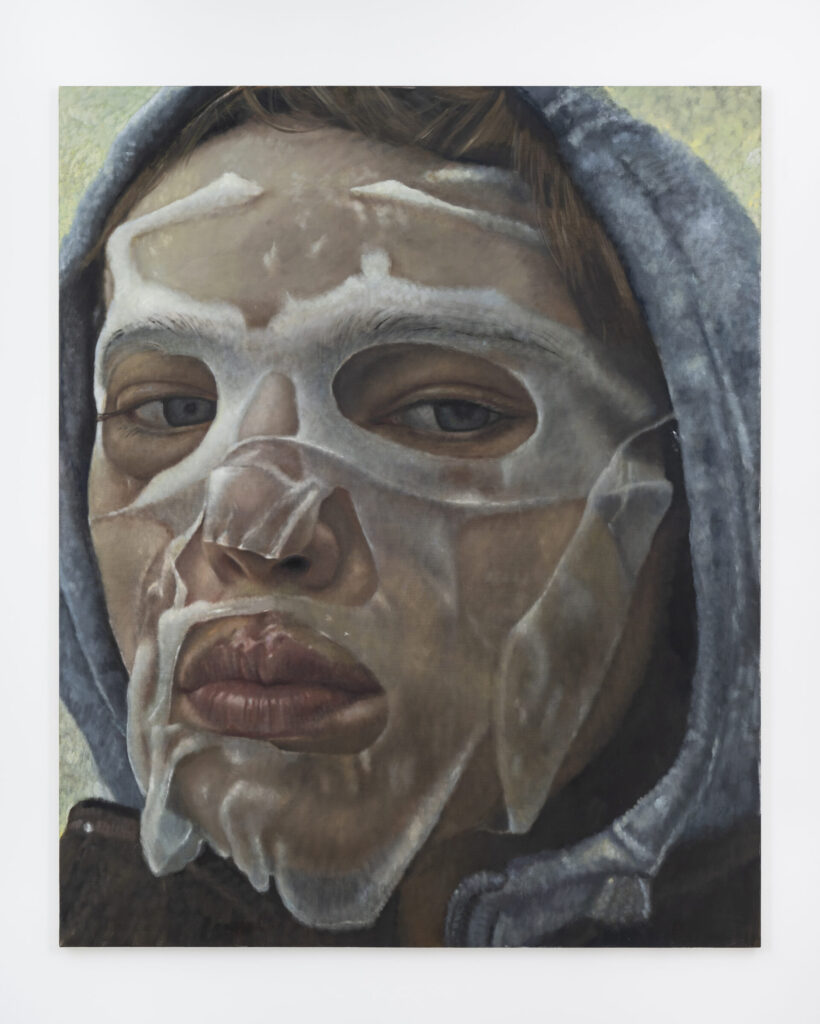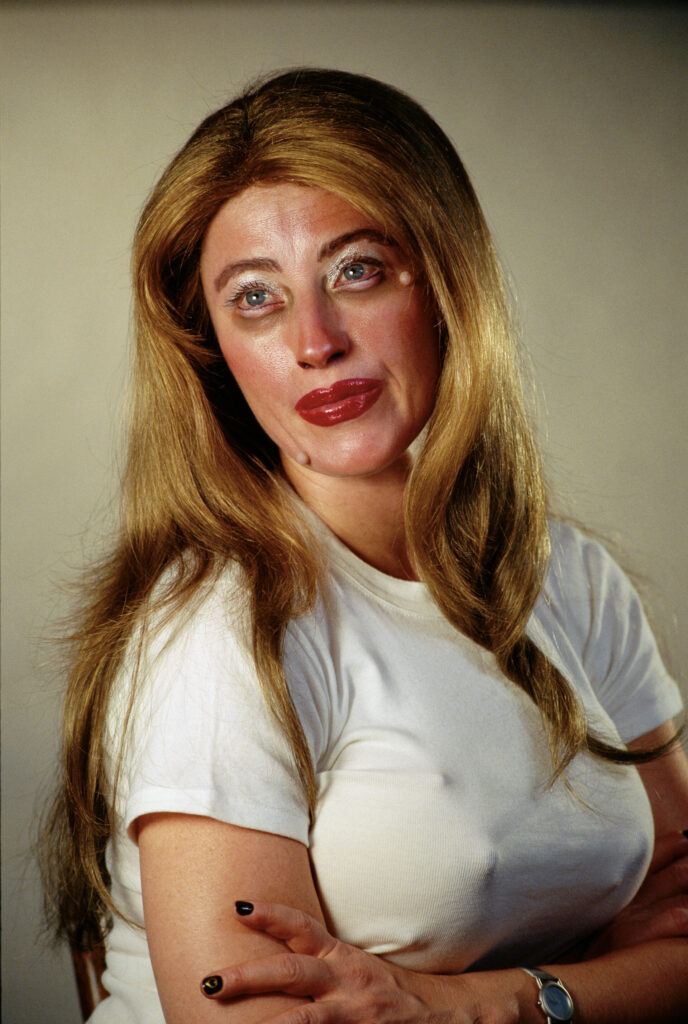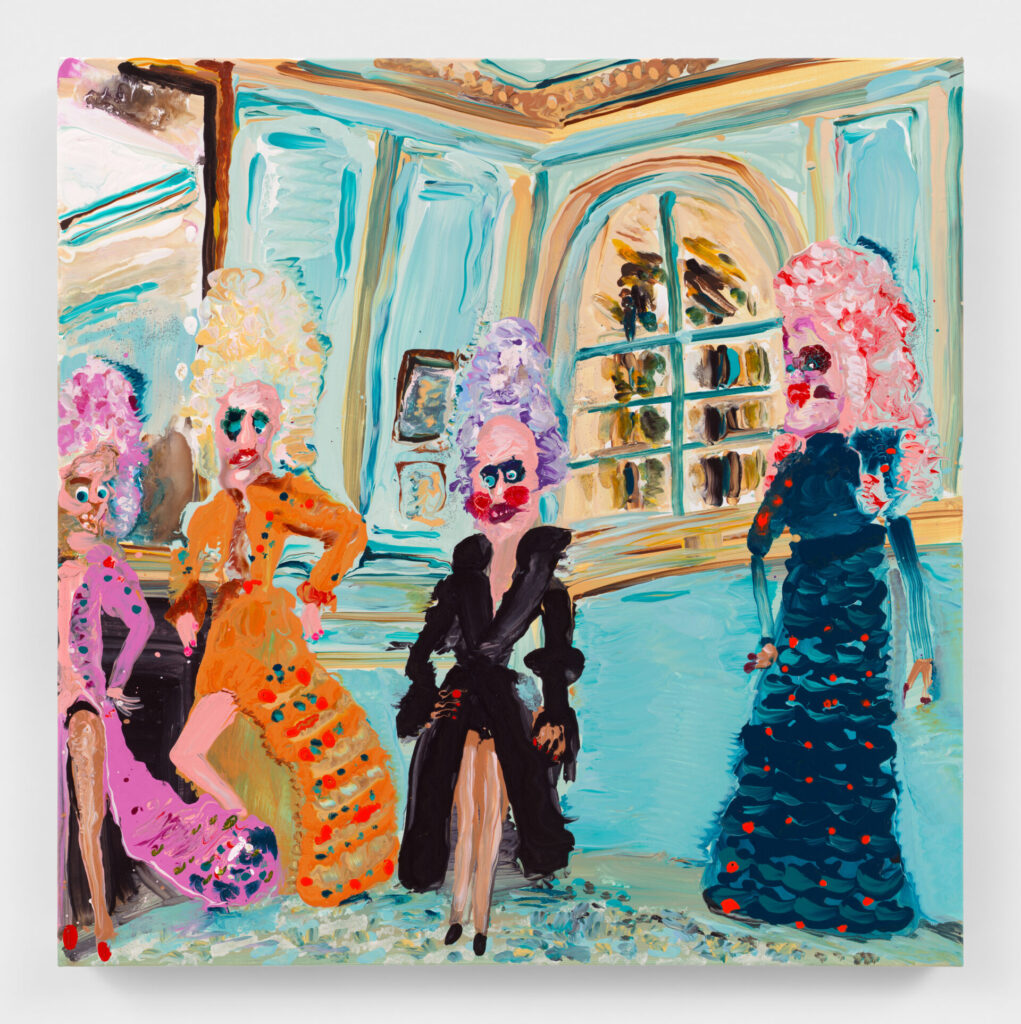'Masquerade, Make-up and Ensor' at MoMu Fashion Museum Antwerp
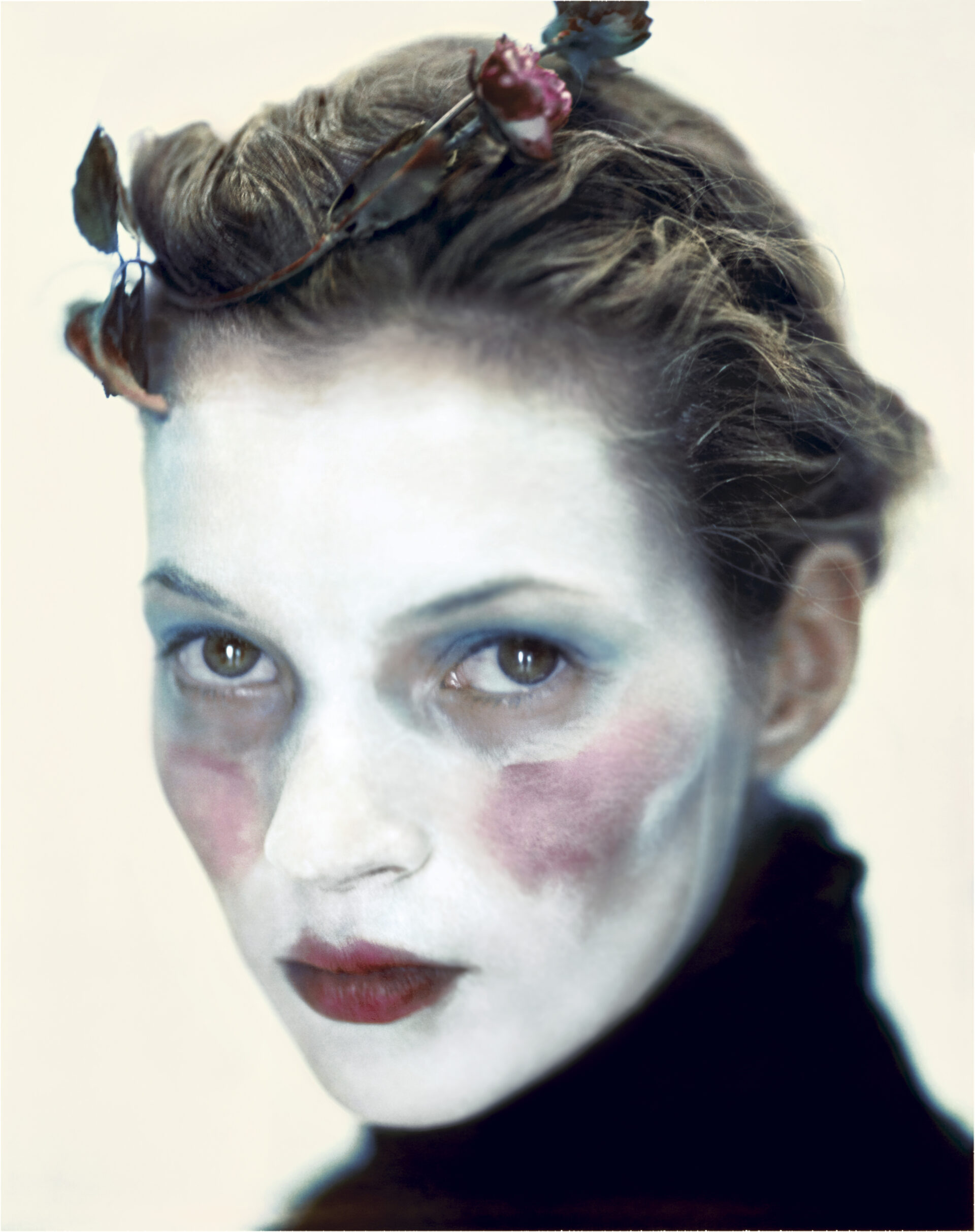
With lids lined and lashed primed, the eyes of the fashion and art world have turned to Antwerp’s MoMu Fashion Museum, where a new exhibition, Masquerade, Make-up & Ensor, has recently opened. James Ensor’s use of masks and masquerades as a vehicle for social commentary and critical observation served as inspiration for this exhibition, which spans visual art, photography, installation, interventions, and film to explore the role and function of make-up. One of four major exhibitions across Antwerp marking the 75th anniversary of the avant-garde artist’s death, the exhibition exemplifies MoMu’s acclaimed curatorial experimentalism. It invites us to muse upon make-up as a form of self-expression, just like paint is for an artist.
“The concept for the exhibition came from our desire to explore the role and function of masks in Ensor’s work and how he used them to show someone's true character. We wanted to look at make-up in the same way. Throughout history, make-up has often been perceived as a way of hiding one’s true identity, especially for women. We want to ask three main questions in this exhibition: Why do we wear masks? How do we deal with ever-changing beauty ideals? And why are we so afraid of visible ageing?” says Elisa de Wyngaert, one of the exhibition’s curators.
In Ensor’s painting Theatre of Masks (1889), one of three theatrically themed works that open the MoMu show, we see how the artist used masks to emphasise his subjects’ deceitfulness, falsity and hypocrisy. Like masks, make-up is a means of concealing and revealing. We observe this in the work of internationally-renowned make-up artists such as Peter Philips and Inge Grognard, who are considered “painters of the fashion industry.”
Their work is showcased through a series of make-up looks for Maison Martin Margiela created in collaboration with Belgian make-up artist Inge Grognard from 1988-2008, which are hung alongside some of the ‘tools’ Grognard used to create the looks, including real paint brushes, rubber stamps, and colour pigments. Philip and Grognard’s make-up experiments challenged the prevailing notions of glamour and sex appeal that defined beauty standards in the 1990s. We also see the essential role of make-up in ‘completing’ a designer’s artistic vision on the runway through a display of Philips’ personal inspiration books. Each is filled with backstage polaroids, creative ideas and musings and captures the peaks and troughs of his decades-long career.
An alluring display of wigs, headwear and visual diaries by French artist and hairstylist Julian Dys (who initially studied as a painter and went on to work for the likes of Karl Lagerfeld, Alaïa and Rei Kawakubo for Comme des Garçons) fuses history, modernity and dark romanticism in a fashion context. And then, of course, there is makeup artistry in the truest sense, such as the eight-layer porcelain skin effect that Pat McGrath created for John Galliano's Spring 2024 Couture show for Maison Margiela. This feat took McGrath years to develop, and videos of the models peeling the doll-like second skin from their faces after the show went viral. Walter Van Beirendonck, who always draws the make-up looks for his shows and asks artists to then translate to the face, has always been fascinated by the idea of metamorphosis and considers make-up as the final element to completing a silhouette. In the exhibition, his Heads Will Rollbouquet (2024) demonstrates a rather ‘Ensorian’ use of masks and full face coverings as a means of unveiling and obscuring a character’s identity.
“Ensor thought a lot about how humans, particularly women, deal with ever-changing beauty ideals. He saw the evolution of make-up being worn as an artificial guise by women in the 18th century, while in the 19th century, it was associated with excessive luxury and overt sexuality, therefore becoming taboo. It was only by the end of the 19th century that it became tolerated, and in the 20th century make-up became a commercialised product used by everyone,” explains curator Romy Cockx.
“In the 1880s, Ensor painted women in the course of daily life, and we observe the presence of ‘make-up’ on their faces, such as lipstick and blush on the cheeks. They might not have been wearing this make-up in real life, but he used it strategically for expressive artistic effect or to enhance some aspect of his painting”, Cockx reveals. We observe this in closer detail in the extensive Ensor retrospective In Your Wildest Dreams: Ensor Beyond Impressionism, running concurrently at Antwerp’s KMSKA Royal Museum of Fine Arts. A contemporary perspective is also seen in the MoMu show, with a room dedicated to Irish artist Genieve Figgis, whose paintings defy classical and conventional beauty ideals by depicting archetypal female figures in a style that blurs the boundaries between the beautiful and the grotesque.
Naturally, ageing has long been an enemy of the beauty and fashion industry—youth has always equated to beauty. As presented in the exhibition, artists and photographers, including Cindy Sherman and Harley Weir, address the idea of ageing with honesty, using irony and the hallmarks of contemporary and popular culture to bring ideas about female criticism, stereotyping and over-sexualisation to the forefront of public consciousness. Conceived especially for the exhibition, a theatrical installation by hairstylist Cyndia Harvey and couturier Christian Lacroix titled Miss Havisham (2024) challenges enduring associations between age and declining beauty, inspired by the character of Miss Havisham in Charles Dickens’s 1861 novel Great Expectations (who is left waiting at the wedding altar and therefore resolves to wear her wedding dress for the rest of her life). In Harvey and Lacroix’s evocation, the figure of Miss Havisham is resplendent in a Christian Lacroix Spring/Summer 2004 couture gown and a wild, blazing red wig, signifying not her diminishing beauty but her ‘fire’ that burns more intensely over time.
Our relationship with make-up is complex. Like the masks in James Ensor’s work, it can be both a concealment and a means of revealing ourselves to the world. But, we have to remember that make-up is make-up. Its influence, effect and power are signified by the way we choose to apply it and in what context we choose to do so. There’s no right or wrong; there is light and shade. As Ensor remarked, “The mask means to me: freshness of colour, sumptuous decoration, wild unexpected gestures, very shrill expressions and exquisite turbulence.”
Masquerade, Make-up and Ensor is showing at MoMu Fashion Museum Antwerp until 2 February, 2025.
Comme des Garçons Homme Plus Takes Us to a Spiritual World
By Carwyn Mcintyre
An Ode to Human Liberty and Independence for Comme des Garçons FW22
By Tara Robinson
We need WALTER to see the future
By Annabel Blue
GOYA
Help Us See Fashion Today
By Billy De Luca
Rei Kawakubo's Hope for Light
By Jerome Fisher
Nobody Does It Quite Like Noir!
By Sarah Buckley
